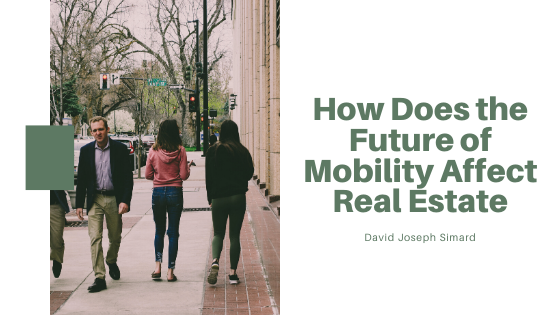Driven by the rapid growth and advancements in both digital and mechanical technology, transportation is experiencing some of its biggest changes in a century. In turn, the real estate industry has experienced improvements because of new transportation trends. As technology continues to evolve, transportation will as well, and the changes will certainly affect the future of the real estate industry. These are a few of the ways in which mobility will affect real estate.
Locations
Investors and buyers typically look for great locations when they are making their purchase decisions. However, with the development of autonomous vehicles and other types of high-tech transportation, the types of locations that are viewed as the best may not remain the same. In fact, modern technology may even change the way that houses, and buildings are designed and constructed. It is expected that the increased usage of ride-sharing services and decreased usage of cars will make urban locations more desirable environments to reside in.
Increased Space
Some cities have banned the use of cars throughout certain districts in their cities. As a result, there is more space and less pollution in these areas. The new space that was previously occupied by vehicles can be repurposed for a variety of uses. In European countries, many developers have been using the additional spaces for bicycle parking. Some organizations are considering renting the extra spaces to delivery services or combining the usages of their additional spaces.
Micro-Mobility
In many areas, bikes and scooters are becoming more popular modes of transportation. The growing popularity in micro-mobility presents a great opportunity for both investors and business owners, who can now offer the vehicles to the tenants of their properties. Many venture capitalists are investing in the idea and are seeking to provide these vehicles in densely-populated areas.
Extended Travel
The development of autonomous vehicle technology is making long-distance travel more desirable for drivers. As a result, rural and suburban mobility is becoming less of a problem for civilians. The combination of these factors has been gradually creating a rise in house prices for both rural and suburban communities. Both communities are now in more demand because they offer more space to tenants.
Design
New developments are incorporating electric vehicle charging stalls, as well as accounting for bicycle lockers. There is increased pressure in many European countries to limit or eliminate parking in lieu of car sharing, carpooling or mass transit options. As more environmental options become more common overall urban design will need to adapt to these growing trends.


